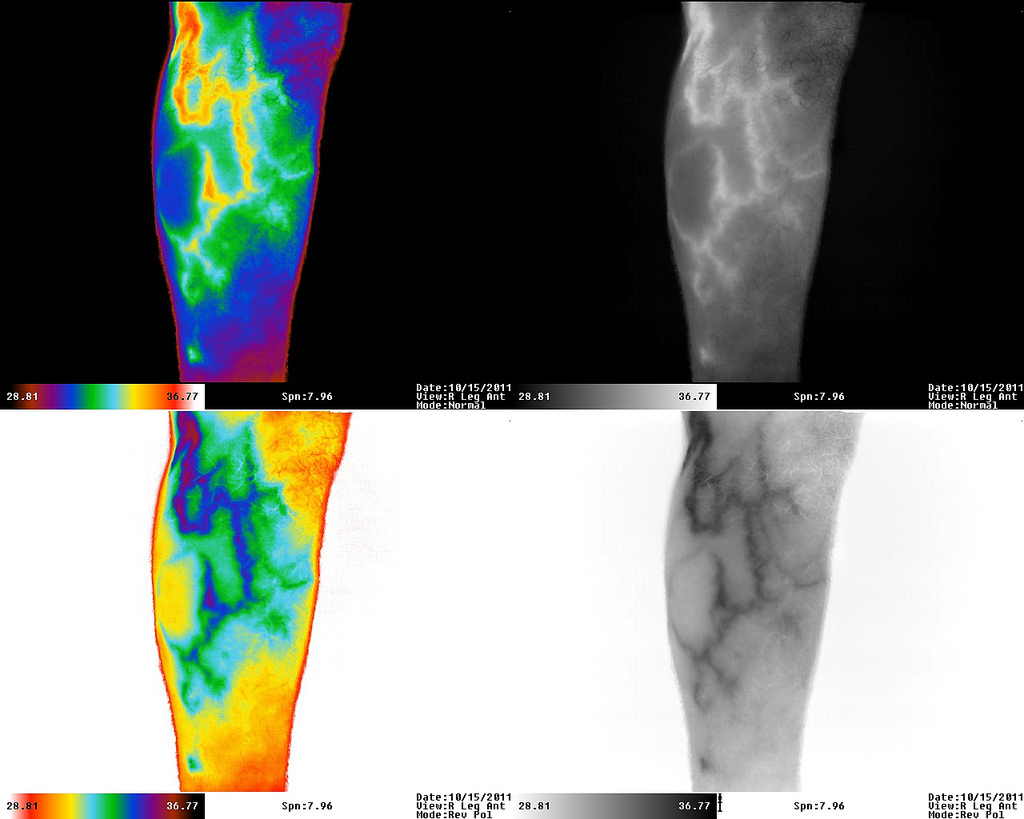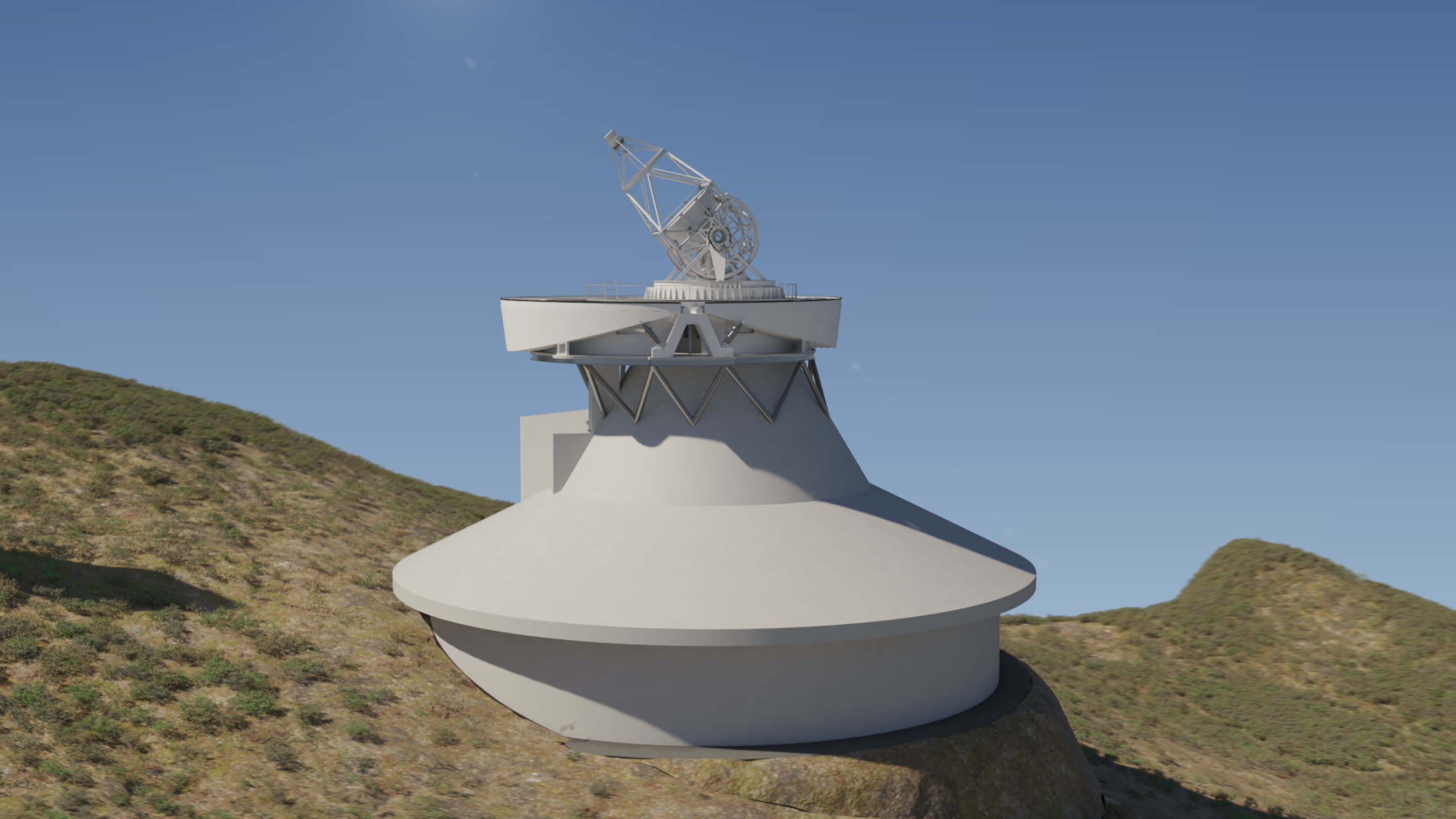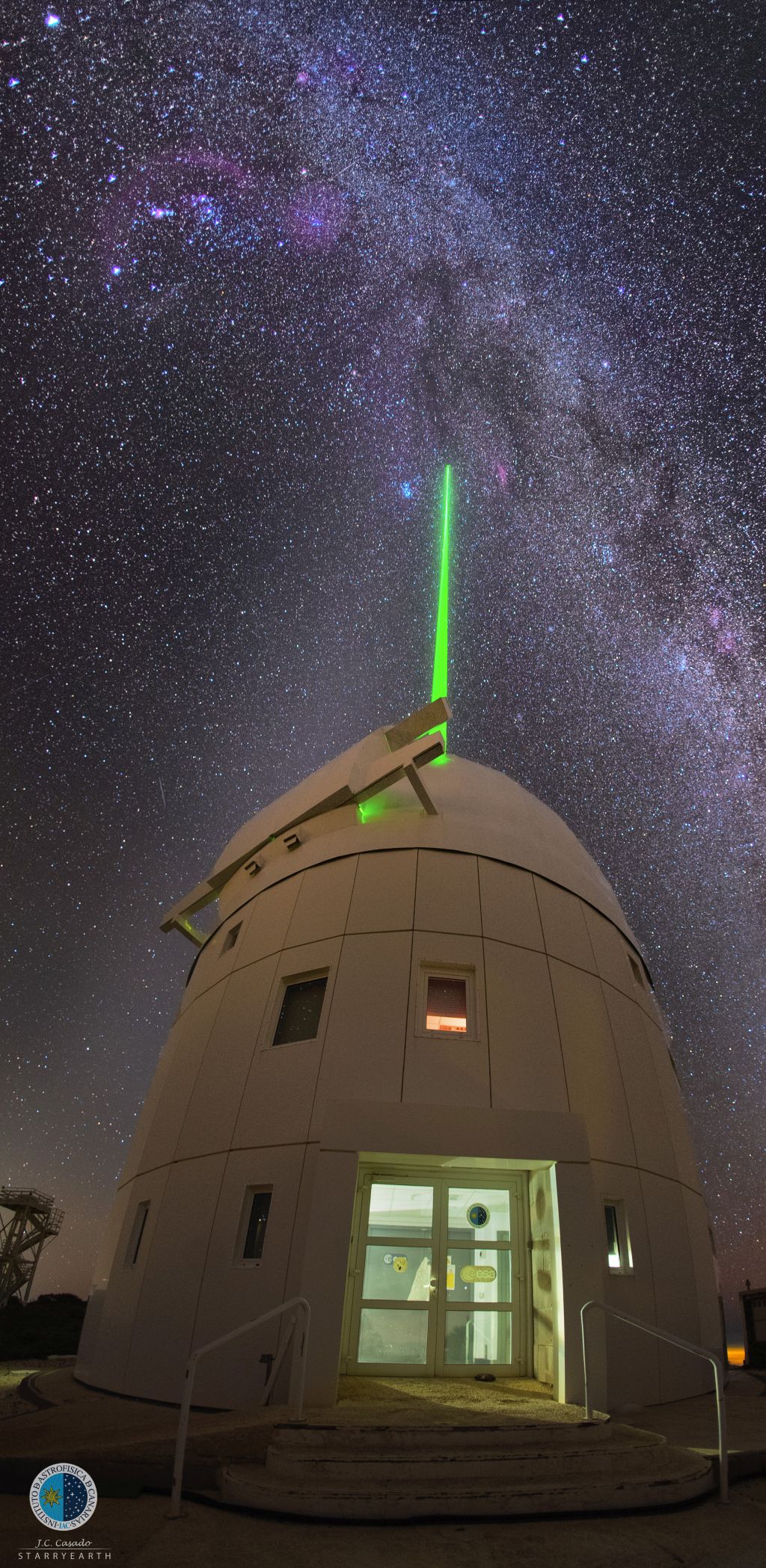Introduction

IACTEC is dedicated in a big way to the space technology sector, a field in which the IAC has acquired great experience through previous partnerships in European Space Agency (ESA) missions and collaboration with National Institute of Aerospace Technology (INTA), Spain's leading body in this sector.
The IAC has developed instrumentation for the ISO, SOHO, Planck, Herschel, AMS, Solar Orbiter, and Euclid space missions.
IACTEC will boost innovation and development relating to the manufacture of payloads for micro and nano satellites, a growing sector with great repercussions in areas such as communications, security and defense, and environmental management, among others. The initial focus to consolidate the program is earth observation, although in the future the technological capacity acquired will be used to develop space observation projects with this type of satellite. The technologies to be developed with this activity are those related to the design and development of detectors (control, hardware, image pre-processing) and the optical design of high resolution cameras, with an important focus on the selection of new light materials for space, and on the use of advanced ultra- resolution.

Biomedicine is one of technological sectors of highest growth potential. The IAC's experience in high-precision detection of signals, analysis of electromagnetic radiation, and image treatment are of great utility in the diagnosis and prevention of illness.
The main lines of action envisaged are software design for medical use, the development of image capture and treatment technology, and non-invasive microwave therapy.
The first project in this programme, the development of a clinical system for diabetes monitoring, is already under way with funding from the European Union through the Interreg fund.

European Solar Telescope (EST)
IACTEC helps to boost the leading role achieved the Science Industry of Spain, specializing in large telescopes, strengthening its presence in large-scale projects in which Spain collaborates with, and in some cases leads, international consortia.
The IAC is currently participating in the main astronomical telescope projects whose construction is envisaged in the coming years at the Canarian Observatories, such as the Cherenkov Telescope Array (CTA), the European Solar Telescope (EST), and the New Robotic Telescope (NRT), as well as in other international projects, such as the European Extremely Large Telescope (E-ELT).
The Large Telescope Programme will analyse the technical synergies (high-precision active systems, mechanical structures, thermal systems, control systems) among these large projects. It will also provide the Science Industry with the requisite support for actively participating in them by helping to identify market niches with projections for future projects, such as the active control of segmented telescopes in robotic telescopes.
An essential component for the collaborative environment of IACTEC is its proximity to huge human capital and the knowledge accumulated by Grantecan S.A. over two decades, during which time that firm has undertaken the design, construction, and operation of the Gran Telescopio Canarias.

The IAC has always been linked to optical communications in free space, both with the construction of the European Space Agency's (ESA) Optical Ground Station (OGS) at the Teide Observatory (OT) and with subsequent research.
Thus, the IAC has participated in the Artemis Project, establishing a bidirectional optical link between the OGS of the OT and various satellite payloads, SMART-1, or compensations for atmospheric aberrations in the rising beam to improve optical communications and laser Guide Star generation.
In 2021, the free space optical communications group was formally created through IACTEC, which focuses on the development and research of equipment for classical and quantum optical communications in free space. The team's mission is to develop designs, simulations and prototypes for optical communications in free space as well as to promote collaborations in the field of research and development with other partners. The lines of work of the team are focused on:
1) Adaptive Optics. Optical and mechanical design of Adaptive Optics for turbulence compensation in optical communications, both in conventional optical devices and with integrated photonic circuits.
2) Design, manufacture and commissioning of a transportable optical station for classical and quantum communications with adaptive optics.
3) LEO-to-ground communications through payload on satellites owned by IAC.